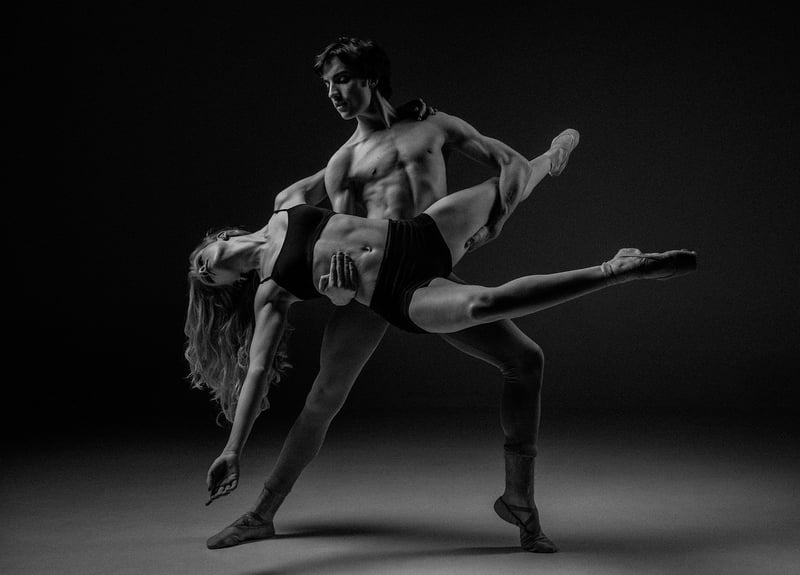Ballet
The Art of Expressive Movement in Ballet
Ballet is a timeless art form that combines grace, strength, and emotion to create a truly mesmerizing experience for both dancers and audiences. One of the key elements that make ballet so captivating is its use of expressive movement. Through precise technique and emotional interpretation, ballet dancers can convey a wide range of feelings and narratives on stage.
The Importance of Expressive Movement in Ballet
Expressive movement in ballet goes beyond just executing steps correctly; it involves infusing each movement with intention and emotion. Every gesture, every leap, every extension is an opportunity for the dancer to communicate something to the audience. Whether it's portraying love, joy, sorrow, or anger, ballet allows dancers to express the depths of human emotion through movement.
Techniques for Expressive Movement
There are several techniques that ballet dancers use to enhance their expressive movement:
- Port de bras: The carriage of the arms can convey a wide range of emotions, from soft and delicate to strong and powerful.
- Facial expressions: While ballet is primarily a form of dance, the face plays an important role in conveying the emotions of the character the dancer is portraying.
- Use of space: Ballet dancers often use the entire stage to express different emotions, moving fluidly from one corner to another to create dynamic and engaging performances.
Expressive Movement in Famous Ballets
Many famous ballets are known for their expressive movement and emotional depth. One such example is Tchaikovsky's "Swan Lake," where the delicate movements of the swan corps de ballet convey both beauty and tragedy. Another iconic ballet, "Giselle," tells a heart-wrenching story of love and betrayal through the movements of the lead characters.
Embracing Emotion Through Dance
For ballet dancers, mastering expressive movement is not just about technical proficiency; it's about connecting with their emotions and allowing those feelings to shine through in their performances. By immersing themselves in the characters they portray and infusing each movement with intention, ballet dancers can create truly unforgettable moments on stage.

Expressive movement is at the heart of ballet, elevating it from a series of steps to a powerful form of artistic expression. Through precise technique, emotional interpretation, and a deep connection to their characters, ballet dancers bring stories to life on stage, captivating audiences and inspiring generations to come.
So the next time you watch a ballet performance, pay close attention to the dancers' movements, and see if you can feel the emotions they are trying to convey through their expressive movement.
